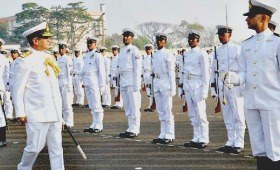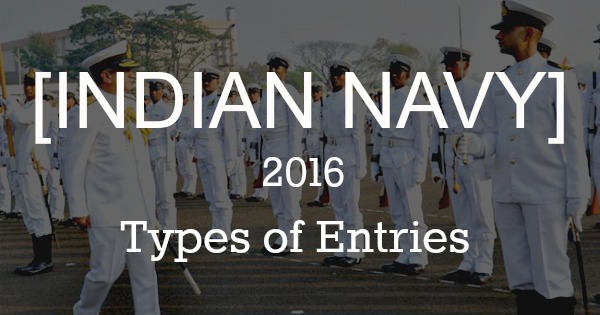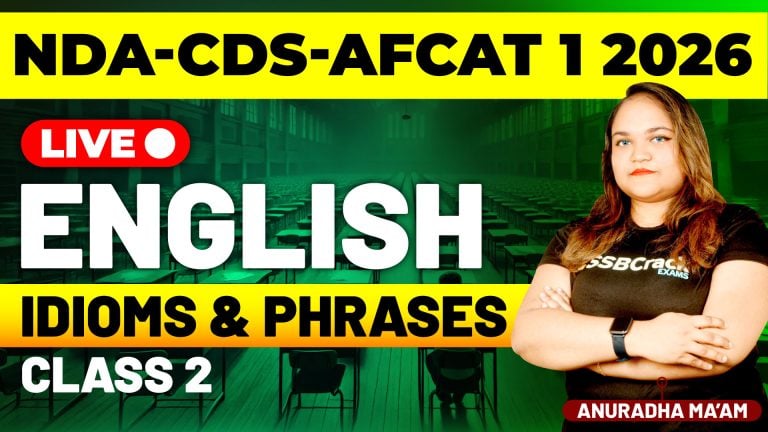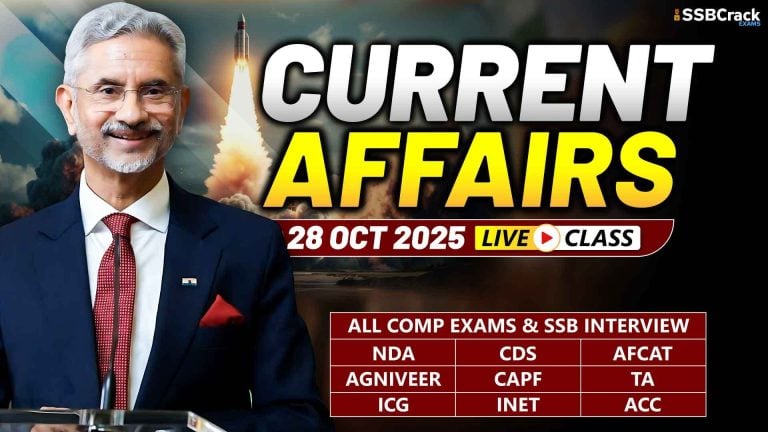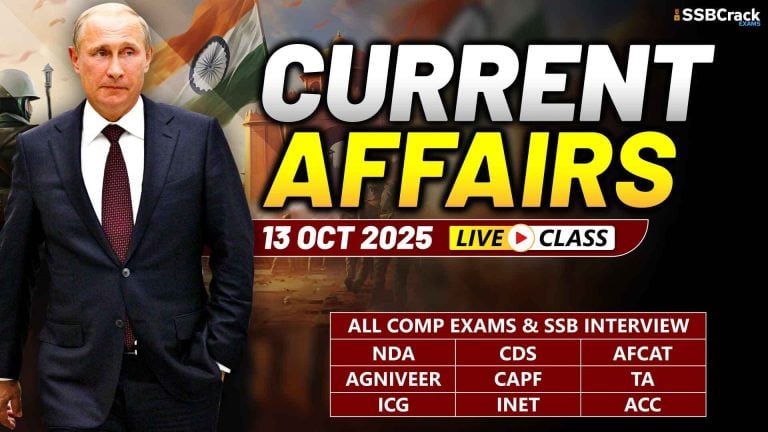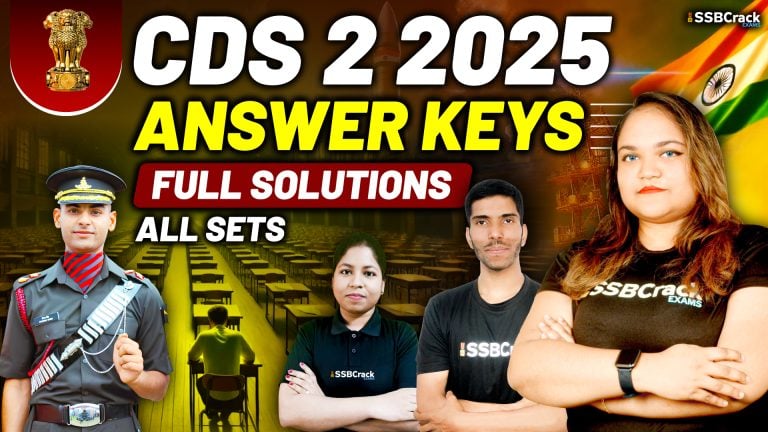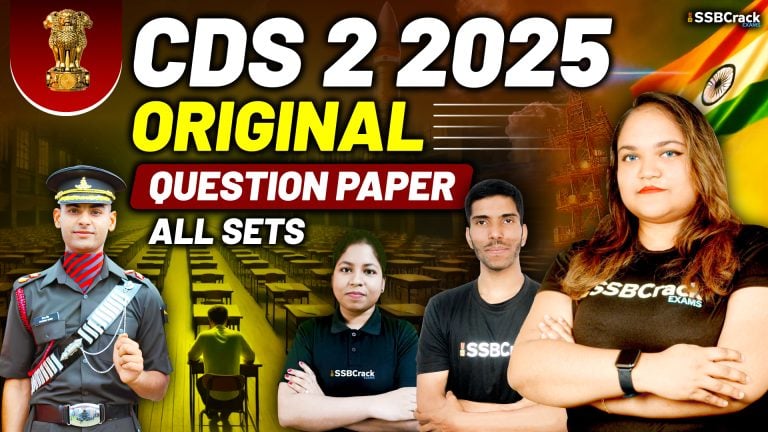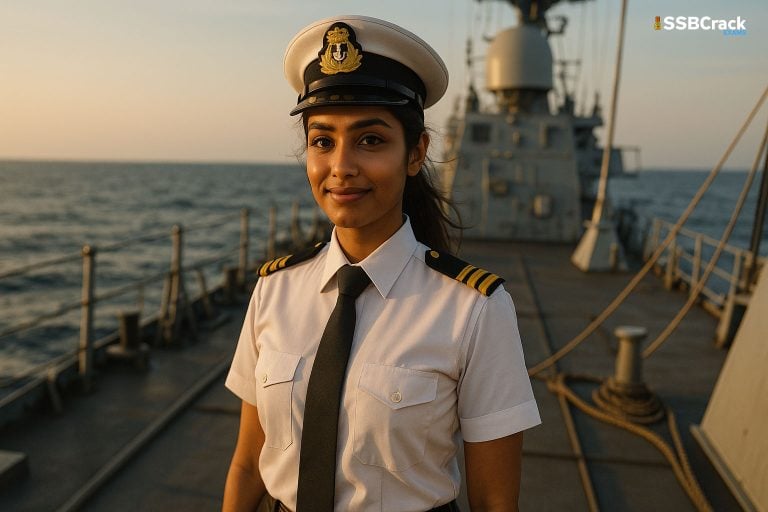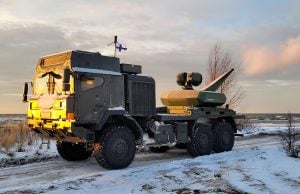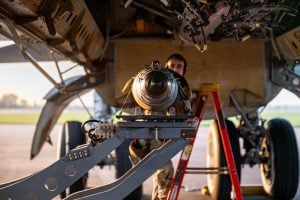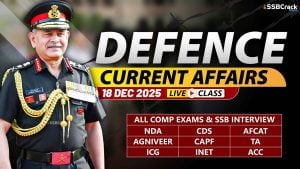ndian Navy is one among the four Armed Forces of India. Tasked with a primary objective of securing the nation’s maritime borders, Indian Navy is also used to enhance India’s international relations through joint exercises, port visits and humanitarian missions, including disaster relief. An officer of the Indian Navy has to carry out more or less the same tasks as the officers of Army and IAF. The officers receive their primary training in Indian Naval Academy, Ezhimala. Below we have mentioned How to Join Indian Navy As An Officer In 2016 . We will update the latest Indian navy recruitment in 2016 for officer cadre below.
Recruitment into the Navy is based on the requirement to effectively man all new and existing ships, submarines, aircraft and shore establishments to the optimum levels. Towards this end, recruitment is being carried out on all India basis. The total number of personnel recruited depends on the number of eligible applicants (men and women) who are able to qualify in the written test, Services Selection Board (SSB) interview, medical examination and their relative position in the merit list. No distinction is made on the basis of gender/ religion/ caste/ creed, either during recruitment or at any point of time during their tenure in Service.
How to Join Indian Navy As An Officer In 2016
The Method of Recruitment: The recruitment system of the IN is a streamlined, transparent, expeditious and candidate friendly procedure. There are two modes of induction in the IN, viz. UPSC Entry and Non-UPSC Entry:
- UPSC Entry: The UPSC holds an examination, twice a year, for entry into the National Defence Academy (NDA) and Indian Naval Academy (INA) as Permanent Commission (PC) entries. Candidates are eligible to compete on completion of the 10+2 (PCM) Examination or while in the 12th standard. UPSC shortlists candidates after written examinations. Thereafter, candidates are sent to the Service Selection Boards located at Bengaluru, Bhopal and Coimbatore. Results of qualified candidates are forwarded to UPSC for making the final merit list. Medically fit candidates who are in the merit list are intimated for appointment to NDA/ INA as cadets. On completion of the NDA/INA training, the Naval Cadets are sent to training ships at Kochi for Naval sea training. For the Graduate Special Entry, the UPSC holds the Combined Defence Services Examination (CDSE) twice a year. Graduates with B Tech degree are also eligible to appear in the examination. Successful candidates join the Indian Naval Academy at Ezhimala, Kerala for the Naval Orientation Course (NOC).
- Non-UPSC Entry: The non-UPSC entries cater to both Permanent Commission (PC) and Short Service Commission (SSC). In this case, applications are invited and short- listed at IHQ of MoD (Navy). The short-listed candidates are then sent for SSB interviews. Thereafter, a merit list, comprising qualified candidates, is prepared as per the availability of vacancies. Recruitment for the non- UPSC entries is made through Service Selection Boards for the following branches/cadres of the Navy:
- Executive: Short Service Commission through University Entry Scheme (UES) and other Short Service Commission (SSC) Schemes for Executive (GS)/ Air Traffic Control/ Law/ Logistic/ Naval Armament Inspectorate (NAI)/ Hydro/ Pilot/ Observer and also Permanent Commission for Logistic/ Law/ NAI cadres.
- Engineering (Including Naval Architects): Short Service Commission through University Entry Scheme (UES), Special Naval Architects Entry Scheme (SNAES) and SSC (E) Schemes. Permanent Commission is through 10+2 (Cadet Entry Scheme).
- Electrical Engineering: SSC entry through UES and SSC (L) Schemes. Permanent Commission is through 10+2 (Cadet Entry Scheme).
- Education Branch: Permanent Commission and Short Service Commission schemes exist for this branch.
- 10+2 (Cadet Entry Scheme): This scheme is for permanent commission in the Executive, Engineering and Electrical branches of the IN. Under this scheme, candidates with 10+2 (PCM) qualifications, after selection through the Services Selection Board, are sent to the Indian Naval Academy for the B Tech Course. On successful completion of the course, they are granted Permanent Commission in the Executive, Electrical and Engineering branches of the IN.
- 10+2 (Cadet Entry Scheme) Indian Navy 2016
- University Entry Scheme (UES): The UES has been re-launched w.e.f. August, 2005 as a Short Service Commission Scheme. Seventh and Eighth semester Engineering students are eligible for induction into the Executive and Technical Branches of the IN. Naval selection teams from the Integrated Head Quarter of Ministry of Defence (Navy) and Command Headquarters visit AICTE approved engineering colleges, across the country, to short-list the candidates. The short-listed candidates, based on All India Merit, are called for interview at the Services Selection Board. The successful candidates are, thereafter, put through medical tests. Final selection is based on all India merit on the basis of marks obtained in the SSB interviews.
- University Entry Scheme (UES) Indian Navy 2016
- Recruitment through NCC: University graduates possessing NCC ‘C’ certificate with minimum ‘B’ grading and 50% marks in the graduation degree examination are inducted in the Navy as regular commissioned officers. These graduates are exempted from appearing in the CDSE conducted by the UPSC and are selected through the SSB interview only. They join the Indian Naval Academy for Naval Orientation Course (NOC) along with the CDSE cadets.
- Special Naval Architecture Entry Scheme: The Government has recently approved the induction of Naval Architect officers into the IN, as Short Service Commissioned Officers, under a ‘Special Naval Architects Entry Scheme’ (SNAES). An empowered Naval team visits IIT Kharagpur, IIT Chennai, Cochin University of Science and Technology (CUSAT) and Andhra University, where B Tech (Naval Architecture) courses are conducted, to select candidates through campus interviews. The selected candidates undergo medical examination at the nearest Military Hospital and if found fit, are selected for training.
